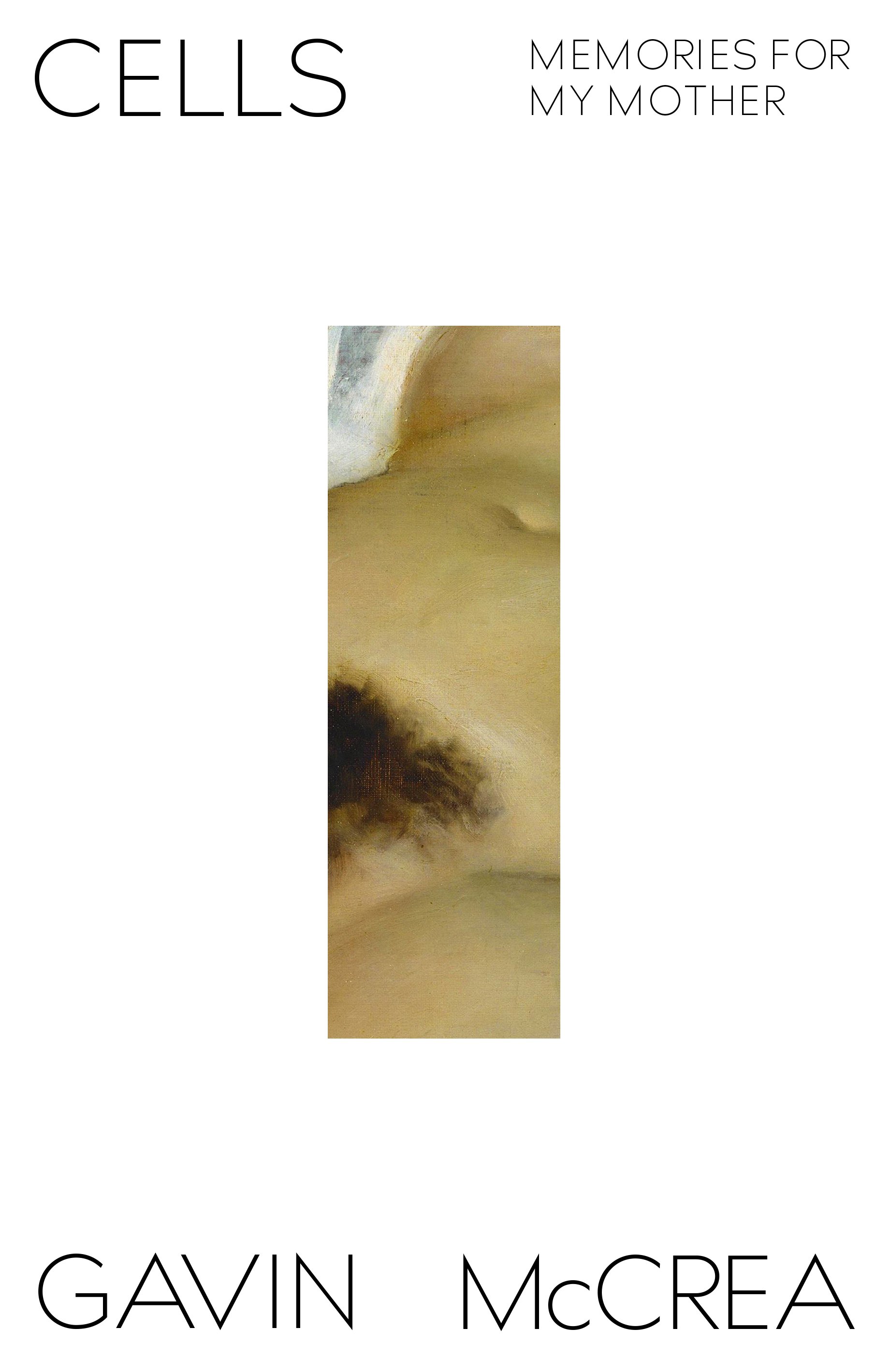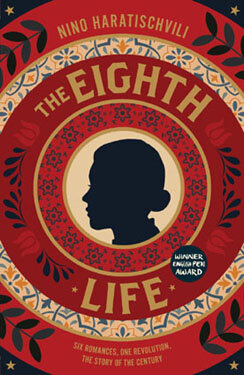In recent years I've developed more of a curiosity about my family history and this naturally leads me to wonder how my ancestors were affected by larger global events. In trying to map out the story of my lineage I'm aware of how easy it is to construct fiction and fantasy out of traces of the past. This is an issue Maria Stepanova dynamically wrestles with in her poignant and meditative book “In Memory of Memory”. Austrian author Raphaela Edelbauer constructs a fascinating and richly imaginative story concerning this dilemma in her novel “The Liquid Land”. Ruth Schwarz is a physicist working towards completing her thesis for her PhD when she's informed that both her parents died in a car crash. Stunned and grieved by this news, she impulsively decides to travel to her parents’ homeland of Greater Einland – only this is an area that doesn't appear on any map. Her search leads her to a place that is bizarrely antiquated in its customs and governance, that's owned and ruled by an imperious Countess and whose lands and buildings are rapidly sinking into a mysterious hole. It's a surreal and curious journey that creatively explores the collective trauma of a community, grief and the bizarre workings of physics.
There's something so moving about how Ruth constructs a loose map to this strange town. After she's informed by officials that there is no record of a Greater Einland, she hunkers down trying to recall any stories her parents once told her which might give clues as to landmarks or the geography that will lead her to this elusive place. In doing so, it also feels like she's desperately trying to piece together a past which she's now permanently severed from since losing her mother and father. The murkiness of memory means that she can't be certain of any facts. She's also heavily reliant on strong pain relieving drugs which seem to distort her perspective. Added to this is her knowledge of the bizarre nature of subatomic particles whose laws don't correlate with our normal understanding of time or space. Through Ruth's delightfully peculiar perspective, we frequently see objects without a fixed solidity and the clock moves at a different pace: “everything had proceeded so marvellously gooeyly.” All this leads her to follow a random guide on an “Alice in Wonderland” style trip where she arrives in Greater Einland. This is a place which seems to adhere to its own nature of reality. Not only does it have its own sense of time and space, but the town retains its own economic and political system that is more feudal.
The location she arrives at initially has a beautiful charm, but gradually it becomes more sinister as the local population stubbornly avoid certain topics and Ruth is drawn into the Countess von Weidenheim's elite circle. Though it becomes a much more perplexing and ominous place, Ruth also feels a natural kinship to it knowing that her parents came from here and had a close, mysterious relationship to it. “I began to melt into the nature around the town. After just a few days I found my way around intuitively; later, after weeks, the forest had become an extension of my own body. In short, this was a long sought-after sense of belonging, an identification that connected me to the landscape. I would almost say; I'd found a home.” Yet, though she feels a tender sense of belonging inhabiting the house her grandparents once lived in, she becomes frighteningly disorientated at points as well. Ruth also grows obsessed by the mystery of what happened to this town during WWII and lists of the dead whose bodies have vanished. The townspeople seem to want to live in a constant present, literally disposing of their inconvenient pasts in the widening hole beneath their feet, but this refusal to face history means that cracks show everywhere and the entire town might sink into an underground cavern.
Interspersed with the primary narrative of this novel are occasional documents about the nature of physics or the history of certain events or people. I enjoyed how these add a background to the story and enhance the sense that there are deeper and more sinister things occurring in the background. It's refreshing to read a novel that's absurdist in character but also has something unique to say about our collective history and subjective interpretations of it. However this manner of storytelling comes with its own pitfalls which might make it troublesome for some readers. Logical questions about the size of this town's population and how much interaction it has with the larger world mostly go unanswered. The townspeople seem to be largely insulated but occasionally reference popular culture such as a master-builder who wants to finance a musical about Larry Fortensky, Elizabeth Taylor's seventh husband. Though the town isn't on any map, foreign labourers are still brought in to work on reconstructing buildings that are subsiding. Many practical questions abound and these not only slightly impeded my enjoyment of the story, but made it difficult for me to fully imagine this place. I understand it's not a realistic portrayal and we're so entwined with Ruth's skewed perspective that a logical comprehension of the place isn't the point, but it does niggle and gets messy. But overall the many pleasures this unique novel gives supersede these reservations.
I found Ruth's journey to be moving in many ways and I'm haunted by the numerous issues concerning memory and history that the story raises. The consequences of facing the complete truth of our collective past would probably cripple us, but, at the same time, in order to progress as a society it's necessary to acknowledge and learn from previous events. We constantly negotiate different approaches in how to manage this and much of this balance probably occurs on an unconscious level. I admire how Edelbauer's fiction engages with these dilemmas and uses an inventive strategy to get the reader thinking about them. It elevates this book above classifications like fantasy, mystery or psychological horror and puts it into a laudable category of its own.




























